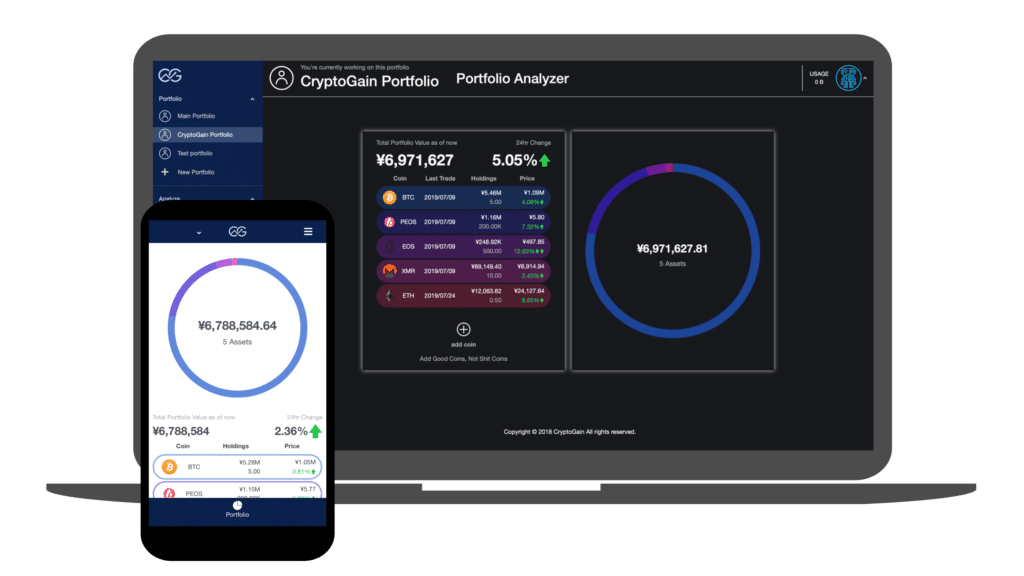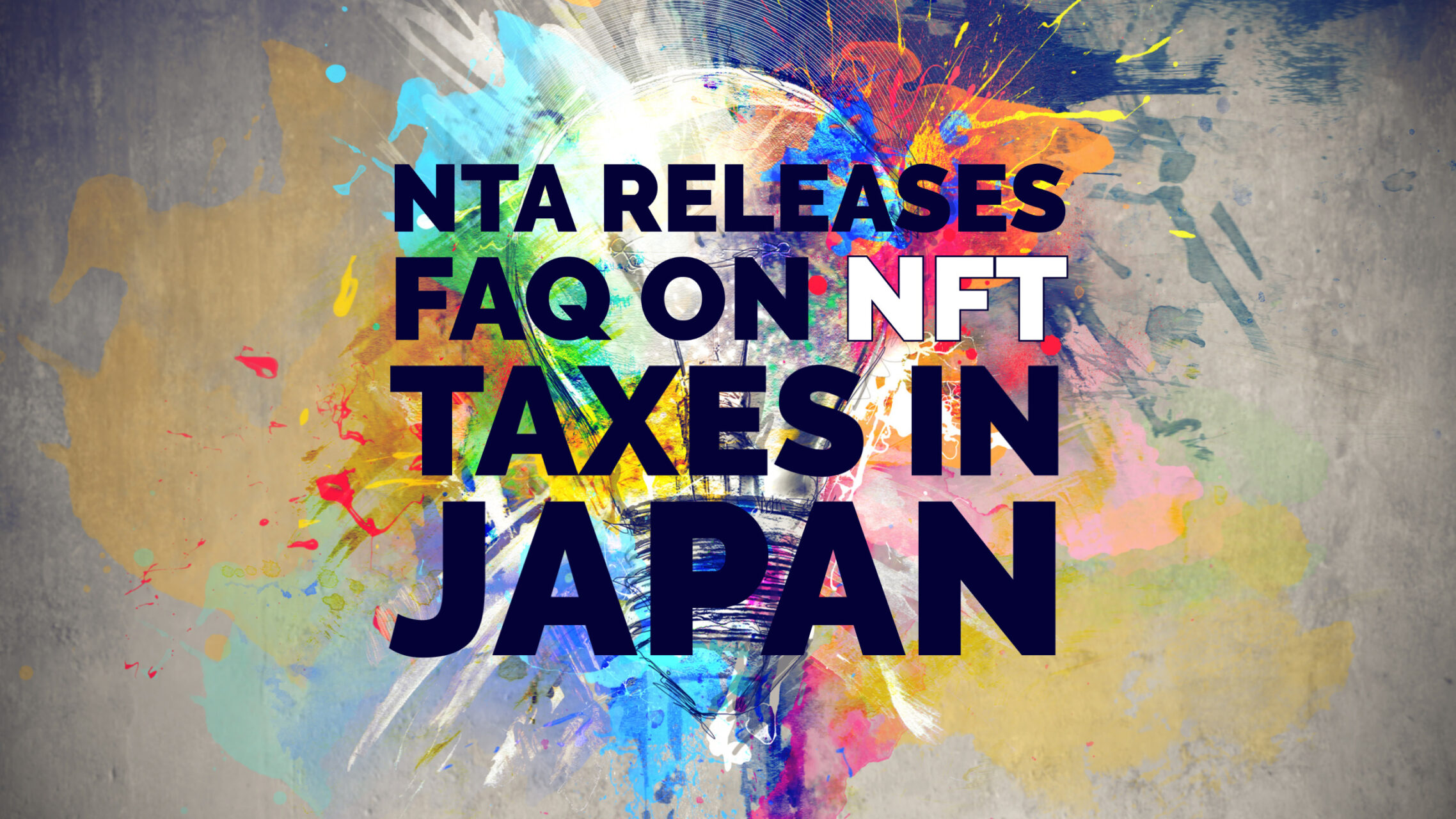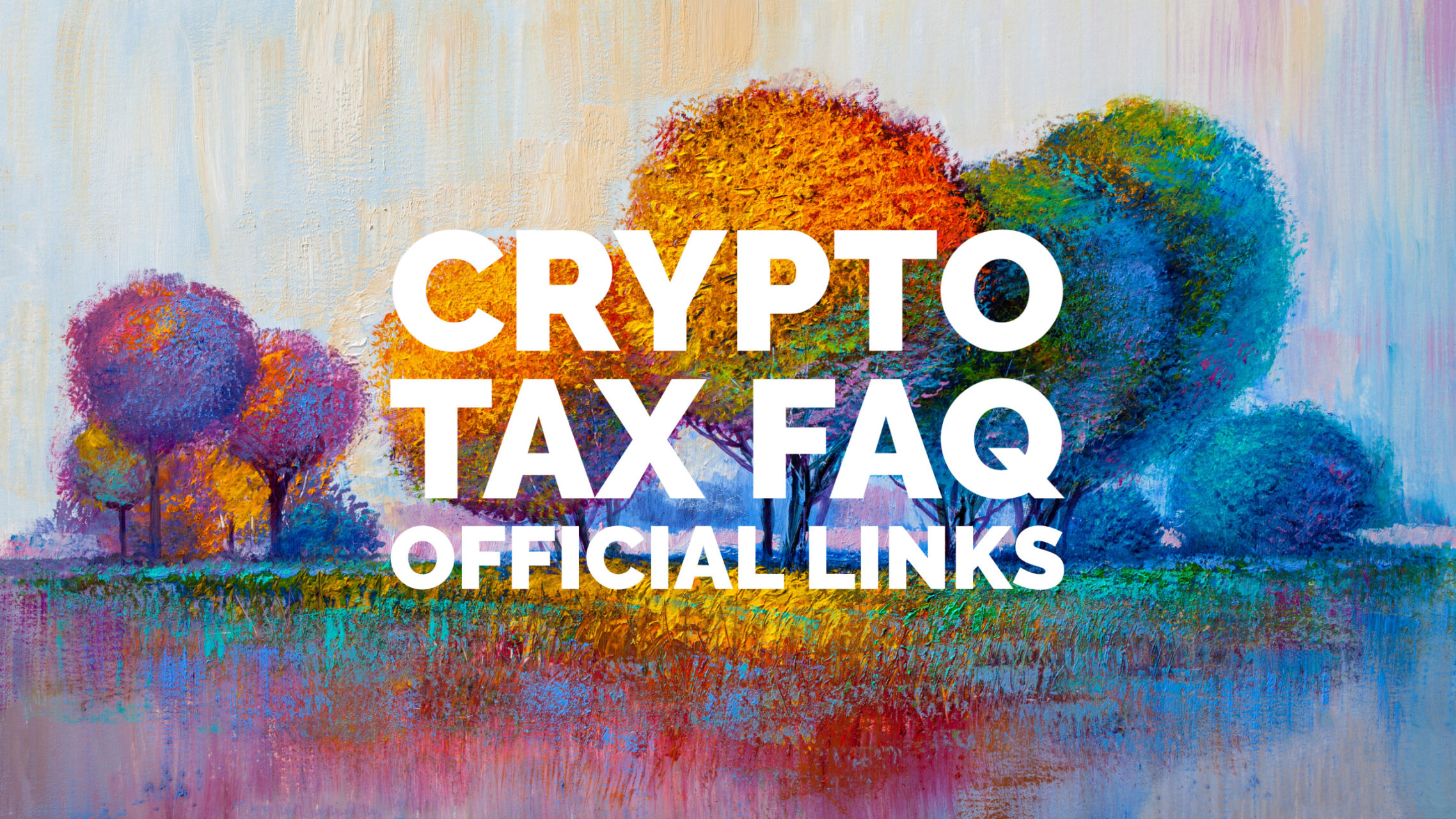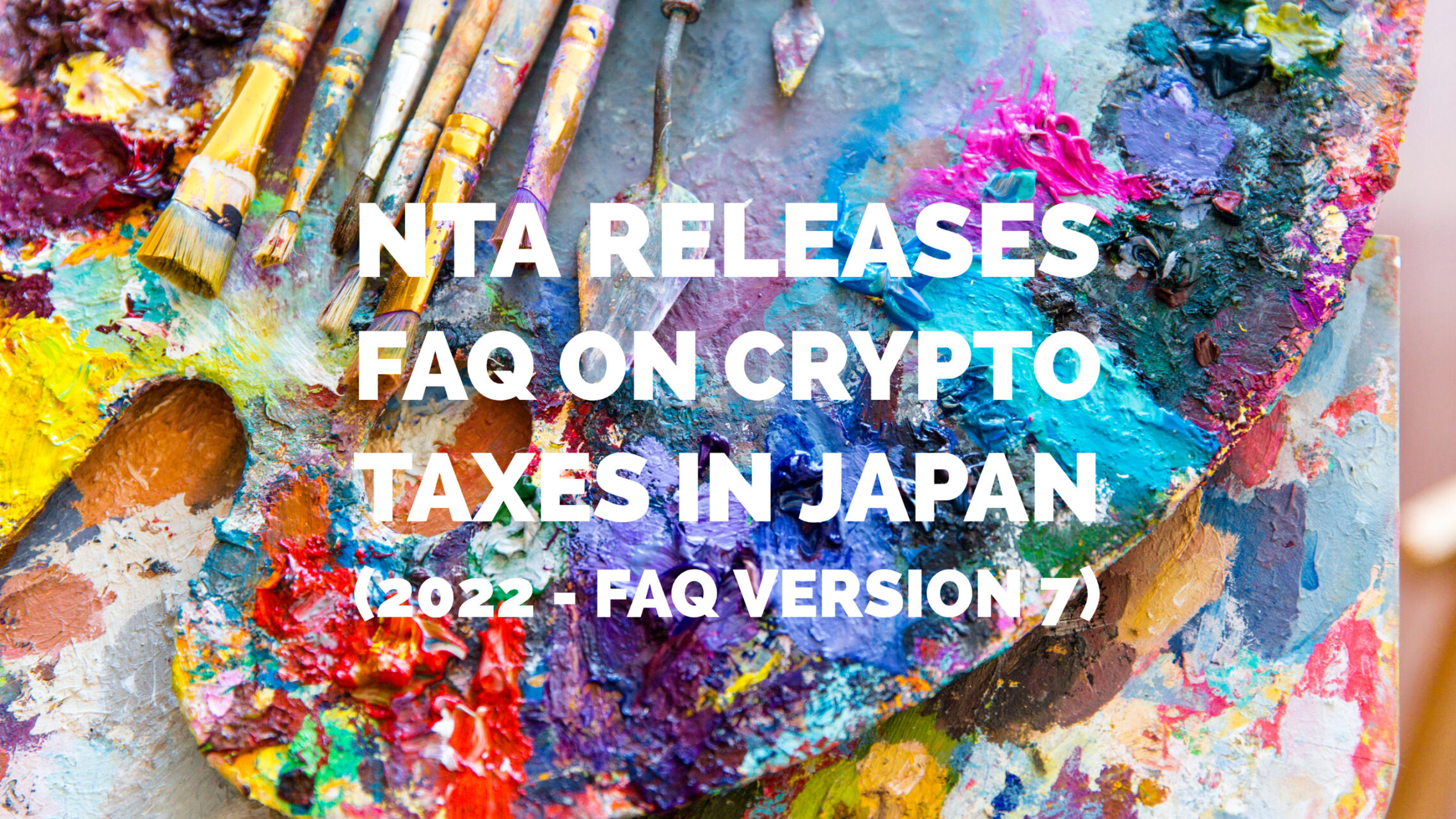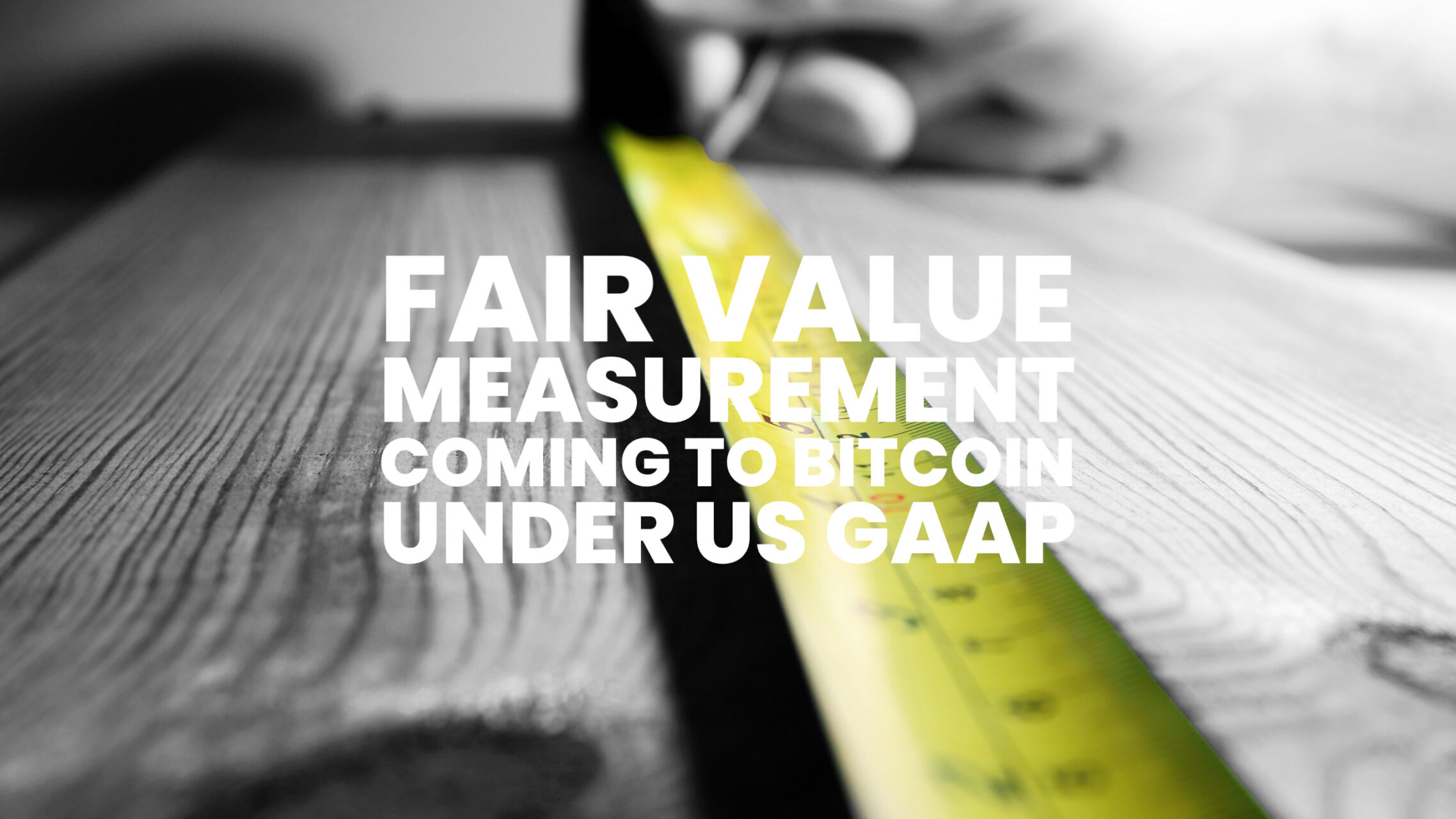Significant differences with J GAAP, already causing GAAP differences between the two standards
In December 2019, the AICPA (American Institute of Certified Public Accountants) released a guidance on the accounting of crypto currencies.
This nonauthoritative guidance was released as a practice aid titled “Accounting for and Auditing of Digital Assets”.
You can download the original document from the link below:
Download original AICPA document
Though the guidance is nonauthoritative, because it was released by the AICPA, it will be referenced when considering the accounting treatment under US GAAP (US Generally Accepted Accounting Principles).
The accounting guidance around crypto currencies in Japan was released back in March 2018 by the ASBJ (Accounting Standards Board of Japan).
This guidance was titled ”Practical Solution on the Accounting for Virtual Currencies under the Payment Services Act”.
The post I wrote describing the Japanese Crypto Accounting Standard can be found in the link below:
The US accounting rules around digital assets (sometimes referred to as crypto in this post) come two years after Japan’s, and there is a significant difference in the way cryptos will be accounted for under each rule.
Differences in accounting standards are called GAAP differences, and for crypto, there is already a significant GAAP difference between J GAAP and US GAAP.
In this post, I am going to focus on what I think is the most significant difference.
The most significant difference is in how the two rules go about with the evaluation of cryptos.
Before we get into the GAAP difference, I will start off by introducing some points that I thought were interesting from the AICPA crypto guidance.
AICPA is saying that ether(ETH)is not a security
Question 1 of the guidance addresses how an entity that does not apply specialized industry guidance (think of normal companies that are not financial institutions) should account for purchases of crypto assets for cash.
Crypto assets in this context are digital assets that have all the following characteristics:
- They are not issued by a jurisdictional authority (for example, a sovereign government)
- They do not give rise to a contract between the holder and another party
- They are not considered a security under the Securities Act of 1933 or the Securities Exchange Act of 1934
What is interesting is that ether is listed as an example of crypto assets that meet these characteristics, along with bitcoin and bitcoin cash.
Usually there are no arguments around bitcoin and bitcoin cash not being securities.
However, the argument that ether may be a security remains strong, considering that Ethereum raised money through an ICO, the product wasn’t released when the ICO occurred, and that the developer of Ethereum still has strong influence over the project.
In the past, the SEC has commented that a token that started off as a security could change over time and become an utility token as the substance of the token changes as the project evolves.
The opposite could also happen.
Perhaps this view was considered when the AICPA prepared the guidance.
I thought that it was interesting that the AICPA came out and said that ether is not a security while the SEC has not formally announced their position on ether.
Crypto Assets will be treated as intangible assets under US GAAP
As noted above, Question 1 of the guidance addresses the accounting treatment for crypto assets that are bought in exchange for cash.
The answer that is provided is that crypto assets, such as bitcoin, bitcoin cash, and ether, should be treated as intangible assets.
The FASB ASC Master Glossary defines intangible assets as assets (not including financial assets) that lack physical substance.
And so the guidance goes on to say that accordingly, crypto assets such as these meet the definition of intangible assets.
Furthermore, crypto assets generally would not meet the definitions of other asset classes within GAAP, and therefore, accounting for them as other than intangible assets may not be appropriate.
Let’s have a look at why the guidance says that crypto assets don’t meet the definitions of other assets.
Cash and cash equivalents
These crypto assets are not considered legal tender and are not backed by sovereign governments.
Financial instruments or financial assets
These crypto assets are not cash or an ownership interest in an entity and they do not represent a contractual right to receive cash or another financial instrument.
Inventory
Although these crypto assets may be held for sale in the ordinary course of business, they are not tangible assets and therefore may not meet the definition of inventory.
How are intangible assets are treated under US GAAP
If the useful life of an intangible asset is determinable, the intangible asset will be amortized over its useful life.
However, in most cases, the useful life of a crypto is not determinable.
In such cases, the asset is considered an indefinite lived intangible asset and is not amortized.
And this is the most important point; the book value of the intangible asset is not increased when the fair value of that asset goes up (no mark-to-market).
This means that the book-value of a crypto will not change even when the price is going up.
Under J GAAP, cryptos will generally be subject to mark-to-market, so this is a huge difference.
What happens when the value of a crypto goes down below its book value?
In that case, management will consider the need for impairment accounting and would generally write down the asset and take a loss.
Reversal of impairment is not permitted under US GAAP, so once a book value of an asset is written down, it will not be reversed even if the fair value of the asset were to recover in the future.
The Future of Crypto Accounting Standards
The underlying theme of accounting standards in different countries for the past 10 to 20 years has been the global convergence of different accounting rules.
One of the main reasons driving the convergence of accounting standards was to increase comparability of the financial statements of global companies.
What is interesting to me is that there is already a GAAP difference between two major accounting standards regarding crypto, which is a new and revolutionary asset.
The conclusion reached by both standards was most likely the result of trying really hard to apply the existing accounting framework to a new phenomenon.
For accounting standards to be useful, they need to be designed to represent the economic substance of a transaction.
Accounting standards have continued to evolve to this day to represent the economic substance of new services and contract types as they emerge.
When a new technology comes along that is totally revolutionary and has the potential to significantly change the way we transact, it is not so surprising that the economic substance of that technology can not be truly represented just by making minor adjustments to the existing accounting standard.
During the past 10 years, cryptos have diversified from payment types (first generation) to platform types (second generation).
Among the platform type cryptos, some are held not with the intention of using it to make payments or getting exposure to price movements, but with an intention of using it to interact with a blockchain platform (an example would be ETH).
In these cases, FVTPL (mark-to-market through the profit and loss statement) might not represent the substance of the transaction.
Perhaps FVOCI (mark-to-market through other comprehensive income) or treating it as an intangible asset might represent the substance of the transaction better.
If an entity purchased a digital character or digital item that is using a Non-Fungible Token (NFT) which makes each of them unique and unreplicable, treating it as inventory or an intangible asset based on the intention of the entity, will better represent the transaction.
And there’s bitcoin.
The number of people that prefer a currency that is backed by code, computers, and electricity, over a currency that is backed by a government, is increasing.
There may come a time when treating bitcoin as cash, the same way we treat fiat money, might represent the substance of the transaction in a better way.
For an entity that uses bitcoin as its primary currency, that entity’s functional currency could very well be BTC.
It may be hard to imagine a world where bitcoin is being accounted for as cash.
But looking at how Bitcoin, crypto, and blockchain has evolved over the last 10 years, it actually may not be that far into the future.


